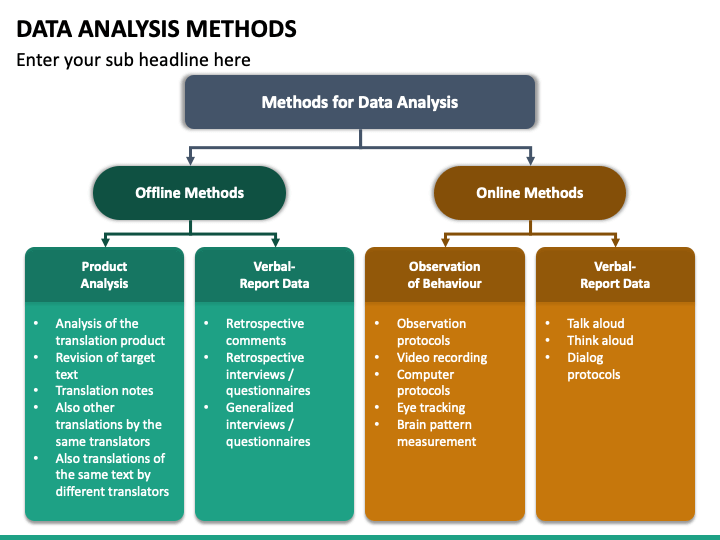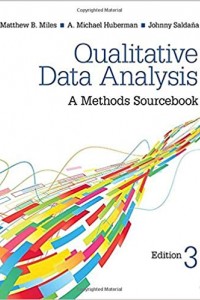

- Library data analysis methods how to#
- Library data analysis methods software#
- Library data analysis methods download#
These tools can be used to analyse and visualise data.
Library data analysis methods software#
You may want to use a tool that you have some experience with already, like Excel or Google Sheets, or you may want to try using software that is specifically for data analysis. There are many tools available for analysing and visualising data. using colours, that alter long-held conventions or associations.choosing a type of chart that does not fit the data.only including certain parts of the data.manipulating the y-axis to blow out the scale.omitting baselines to make one group look better than another.Read 5 ways writers use graphs to mislead you, including: The graph creator can manipulate the design to innacurately reinforce their own agenda. Graphs can make data easier to understand but they can also be used to misrepresent data. Look at the Periodic table of visualisation methods for ways to display your data.The Data visualisation catalogue shows different information visualisation types.The Communication Learning In Practice for Scientists (CLIPS) website has guidance on communicating results with scientific graphs.Our Data visualisation guide has information on techniques, tips and tools to display data.Picking the right chart for your data (LinkedIn Learning, 1h19m) Main topics include getting to the key idea you're trying to communicate finding the right standard chart for your data type and brainstorming and experimenting to come up with alternatives to the standards.
Library data analysis methods how to#
Library data analysis methods download#
After you choose the type of chart, you can download an Excel or PowerPoint template and then insert your own data. Chart Chooser is a tool to help you find the right chart to display your data.The following visualisation shows the average years of schooling per country since 1950. The Tudor Networks visualisation brings together 123,850 letters connecting 20,424 people from the United Kingdom’s State Papers archive, dating from the accession of Henry VIII to the death of Elizabeth I (1509-1603). Once you have done your analysis you need to think about the best way to present the data. Tables, graphs, maps and charts are used to summarise and display data. Which Stats Test is a question tool to help you narrow down the type of statistical test to use. What does coding look like? (YouTube, 4m42s) Coding can be done by hand or by using software, such as NVivo (Find information on accessing and using NVivo in the table on Data and text analysis software on this page). Descriptive coding is a useful technique for thematic analysis. Looking for patterns or themes in your data can help to answer your original question or may lead to new questions. Thematic analysis - looking for recurring themes in the data.Statistical analysis - for qualitative data this could be counting different elements, such as keywords and phrases, to find out how often something is mentioned or has occured.Classification - sorting the data into different kinds of things.

You can use one method or a mix of methods to do your analysis.

For qualitative data the data is interpreted through grouping into categories or coding. Coding is the process of organising and sorting your data. For quantitative data this involves presenting the data visually in tables and charts, and measuring values such as the mean. Descriptive data analysisĭescriptive analysis provides a summary of the data that has been gathered. You can access the Times data training program in Google Drive, including training information, datasets and tip sheets to learn skills for Google Sheets and using data to tell a story. Read the blog - How we helped our reporters learn to love spreadsheets.


 0 kommentar(er)
0 kommentar(er)
